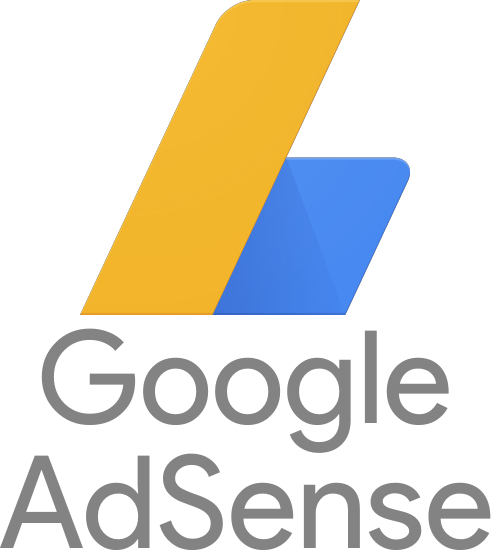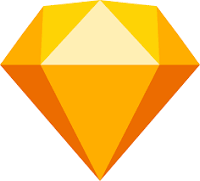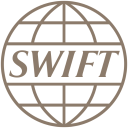How I Started An Online Gaming Company And A Free Arcade Game That Generates $16K/Month
Hello! Who are you and what business did you start?
My name is Christian Tuskes and I’m a solopreneur. I started a casual gaming company called Dilly Dally Games, LLC. My flagship product is Mexican Train Dominoes.
It’s available on the web, the App Store (iOS), Google Play, and the Amazon Appstore. The game is free on all platforms. I have customers across all demographics but my main demographic is females aged 65+.
I have over 10k daily active users (combined across all platforms). My top country is the United States followed by Canada and the United Kingdom as distant second and third.
My top acquisition channels are Direct and Organic Search. I think what makes my game unique is, one, it targets a demographic that generally goes underserved in the gaming industry, and two, it lends itself to long playing time (ie, time spent in the app).

Download the report and join our email newsletter packed with business ideas and money-making opportunities, backed by real-life case studies.

Download the report and join our email newsletter packed with business ideas and money-making opportunities, backed by real-life case studies.

Download the report and join our email newsletter packed with business ideas and money-making opportunities, backed by real-life case studies.

Download the report and join our email newsletter packed with business ideas and money-making opportunities, backed by real-life case studies.

Download the report and join our email newsletter packed with business ideas and money-making opportunities, backed by real-life case studies.

Download the report and join our email newsletter packed with business ideas and money-making opportunities, backed by real-life case studies.

Download the report and join our email newsletter packed with business ideas and money-making opportunities, backed by real-life case studies.

Download the report and join our email newsletter packed with business ideas and money-making opportunities, backed by real-life case studies.






































